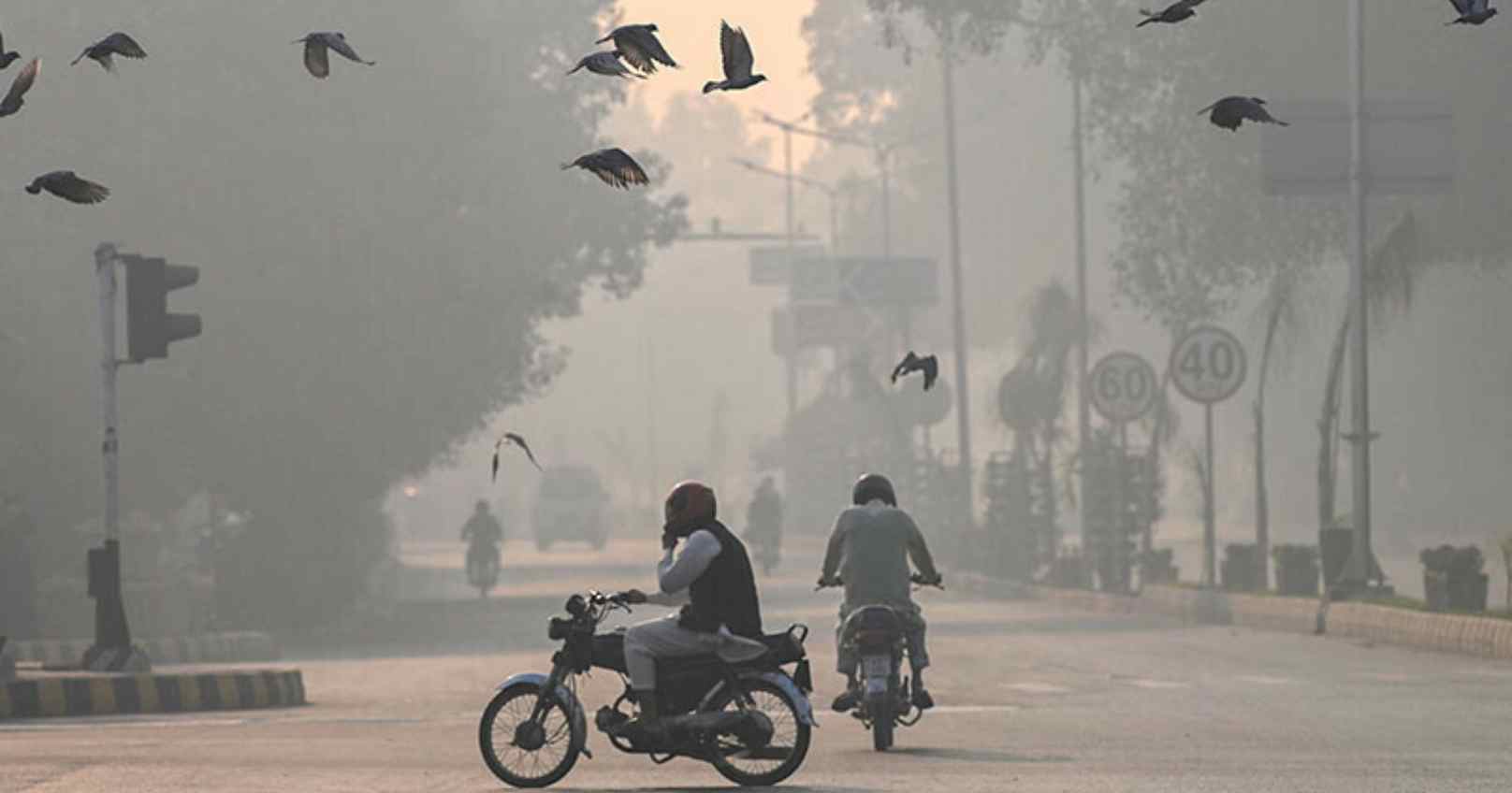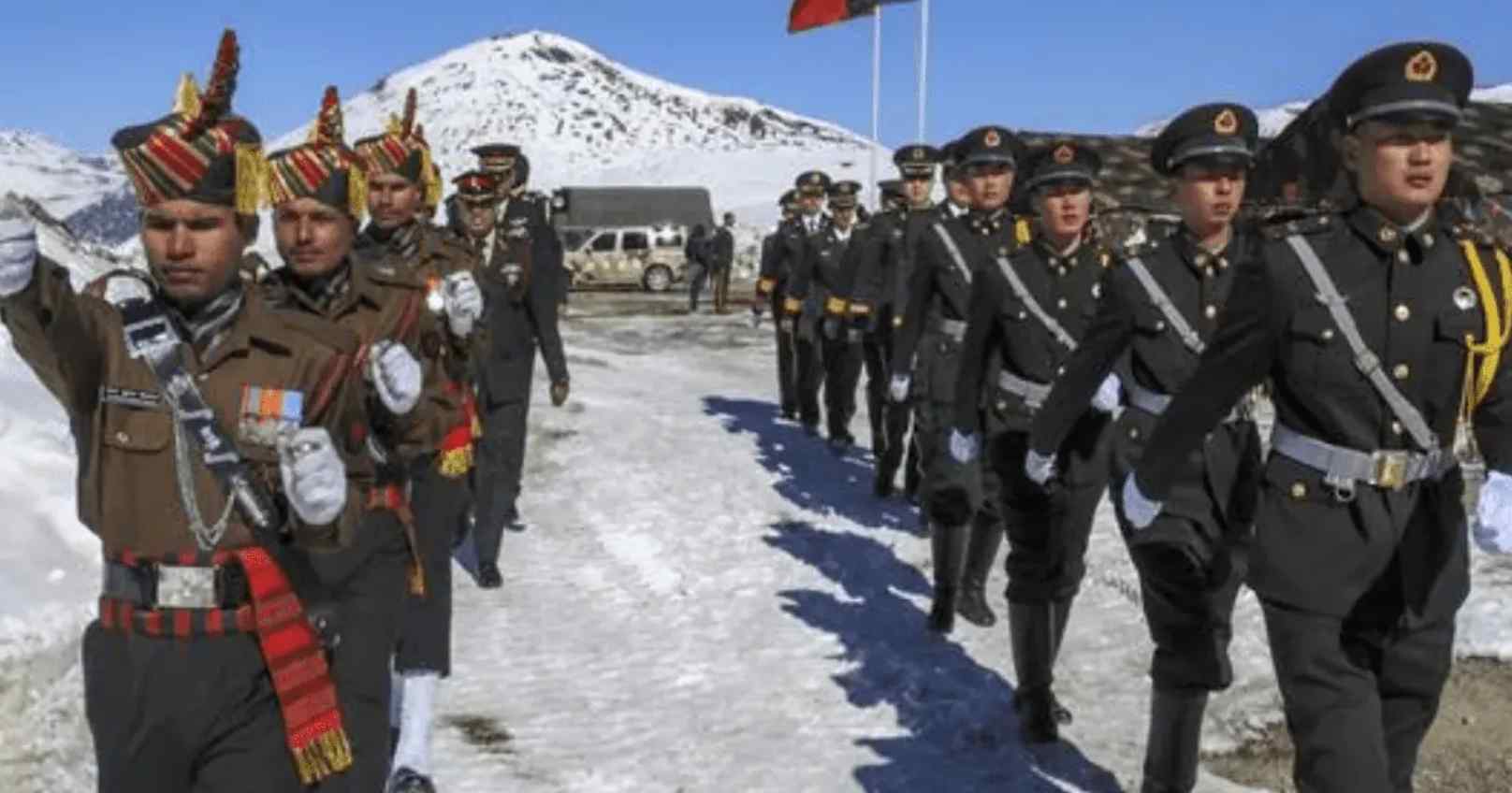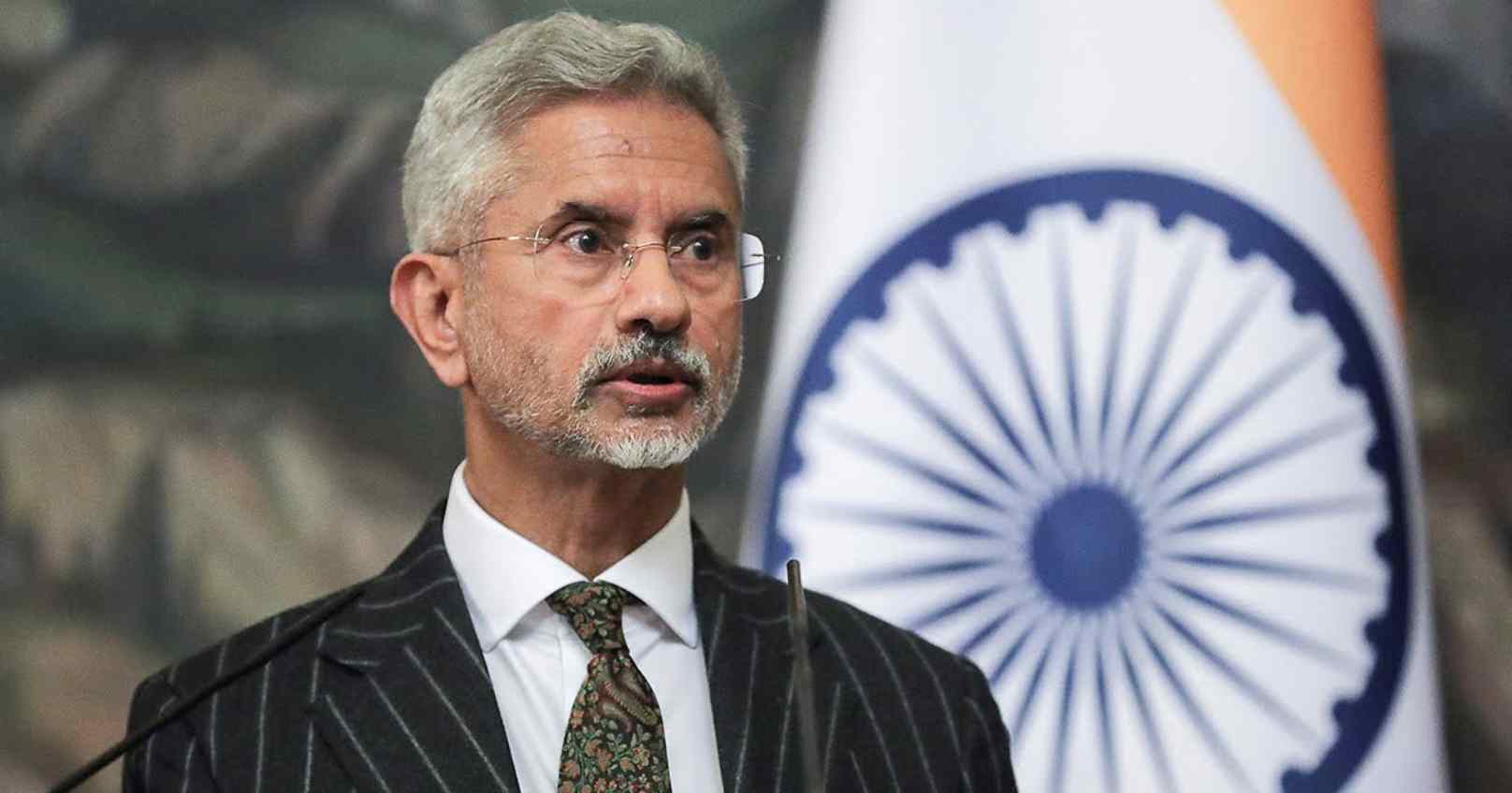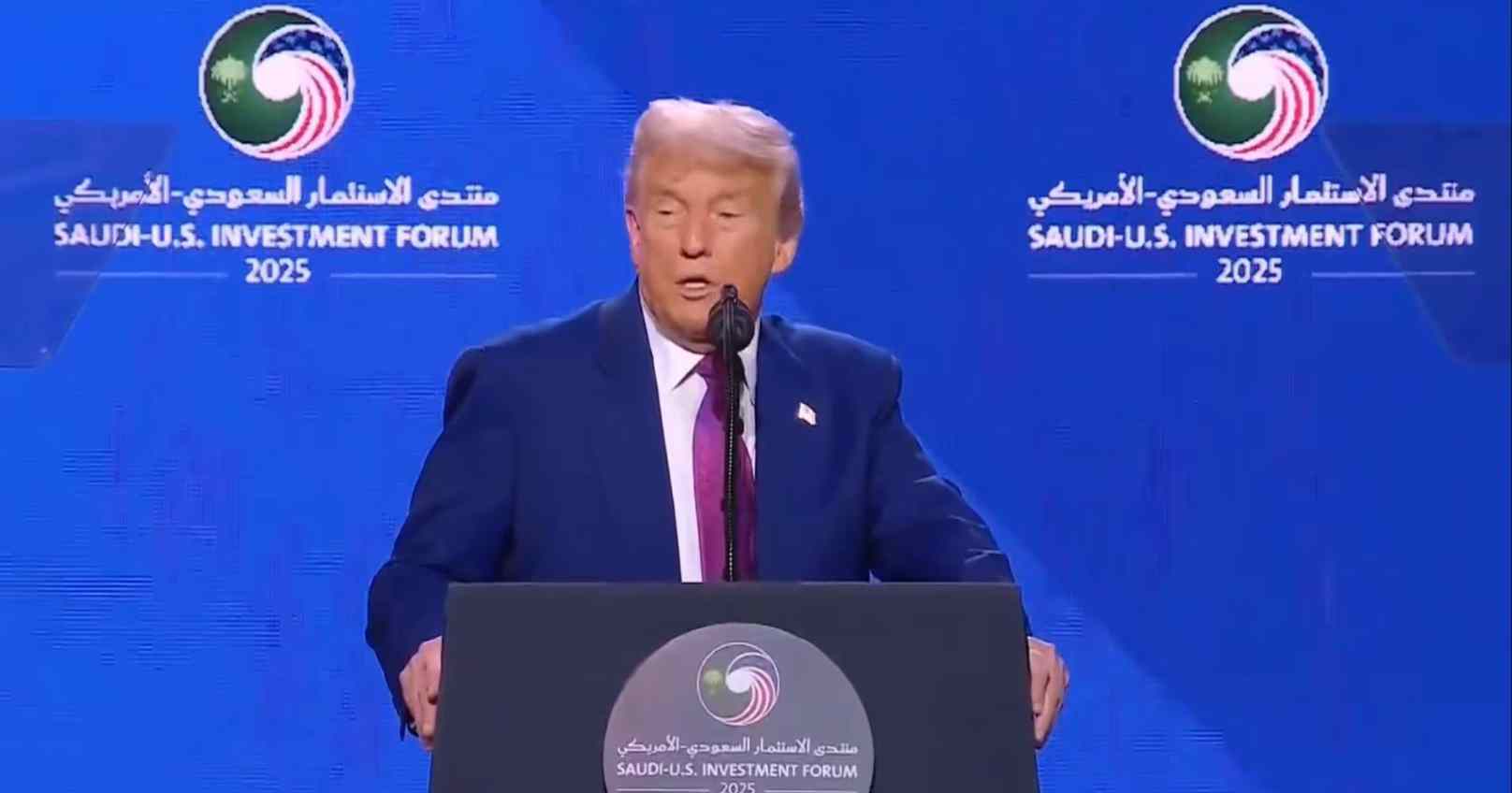Air pollution in Lahore has reached an all-time high, blanketing the city of 14 million people under a dense smog layer that’s causing serious health issues. A Pakistani minister has partly attributed the worsening air quality to pollutants drifting in from neighboring India due to strong winds.
For the second consecutive day on Sunday, Lahore topped global rankings as the city with the most polluted air. The day before, its Air Quality Index (AQI) skyrocketed to an alarming 1,067. AQI readings classify air quality from 'good' at 0-50, to 'severe plus' beyond 450.
In response to the unprecedented pollution levels, Lahore authorities have shut schools for a week starting Monday. A “green lockdown” has also been implemented, requiring half of government and private sector employees to work remotely. Additional restrictions include a ban on tuk-tuks with two-stroke engines, outdoor cooking over open flames, and construction activities.
To protect children, schools previously restricted outdoor exercise and adjusted schedules to avoid peak pollution hours, with these measures extending until at least January 2025.
At a press conference, Punjab Minister Marriyum Aurangzeb emphasized the need for cross-border discussions with India to address shared pollution issues, saying that Pakistan’s Foreign Ministry will initiate talks. She urged Lahore residents to limit outdoor activities, keep doors and windows closed, and only travel when necessary.
Another Punjab official, Raja Jehangir Anwar, highlighted crop-burning practices in India as a primary contributor to the seasonal smog that plagues both countries. The status of school closures will be reassessed on November 9 based on the air quality.
Punjab Chief Minister Maryam Nawaz recently appealed for collaborative action between India and Pakistan to combat the smog, calling it a "humanitarian issue" that transcends politics. According to the University of Chicago’s Energy Policy Institute, Lahore’s toxic air reduces life expectancy by an average of 7.5 years. Additionally, UNICEF reports that air pollution affects nearly 600 million children across South Asia and is linked to half of all childhood pneumonia deaths in the region.







